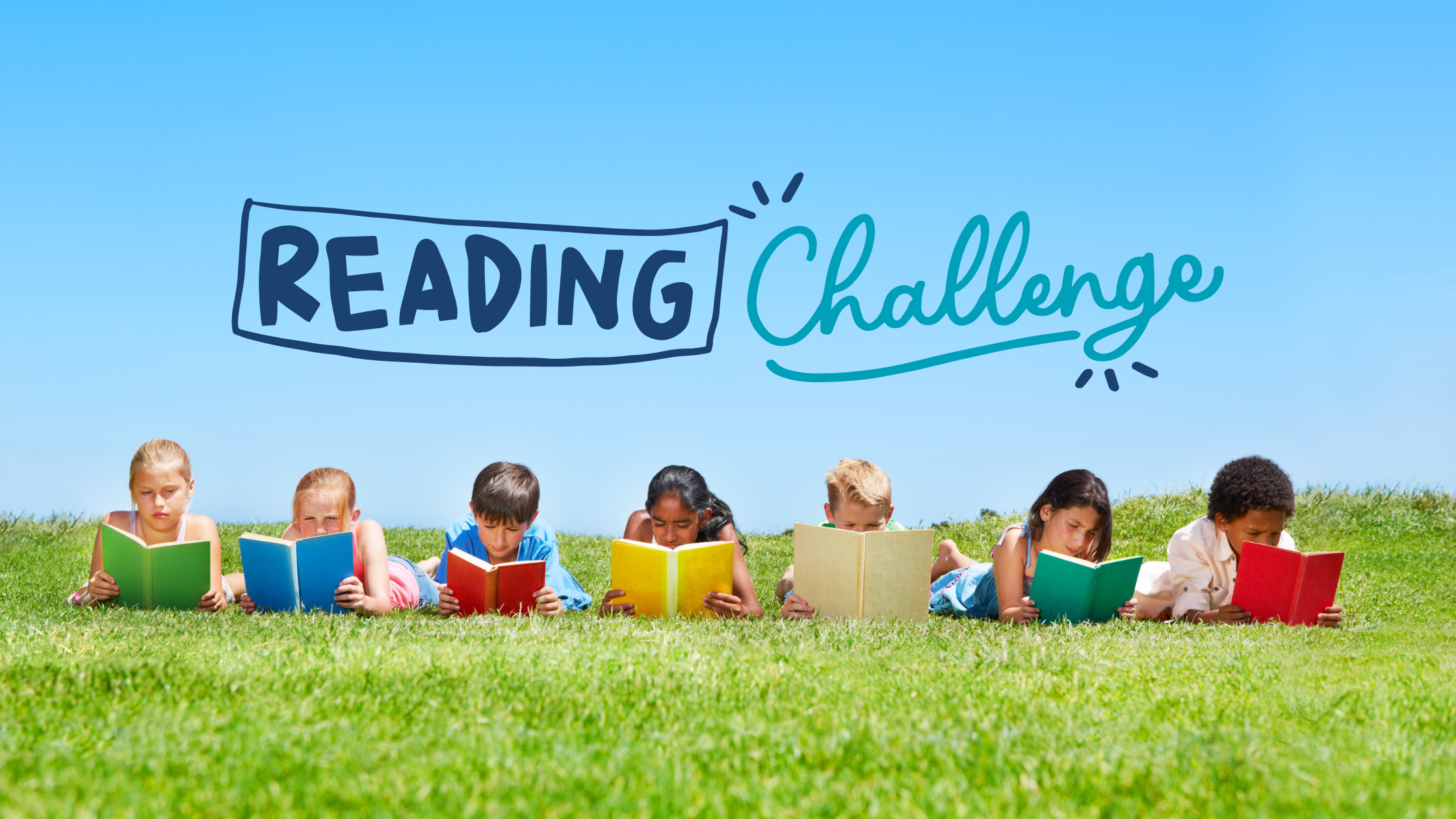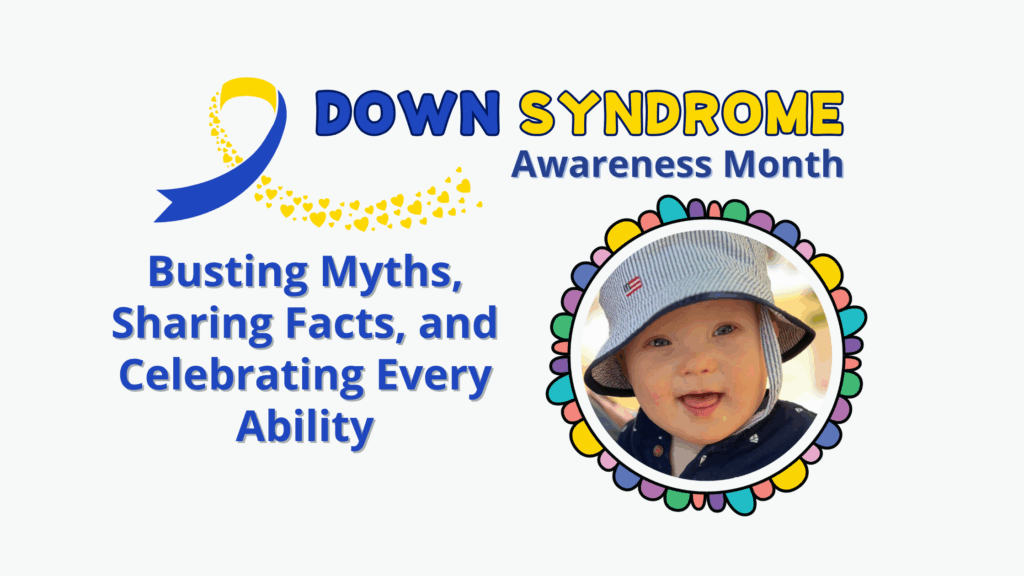Summer is a time for kids to relax, play, and explore—but it’s also a golden opportunity to keep their minds engaged and build a lifelong love of reading. A Summer Reading Challenge helps prevent the “summer slide,” supports academic growth, and transforms reading into a fun, adventure-filled activity the whole family can enjoy.
Why a Summer Reading Challenge?
Reading during the summer helps kids retain the skills they developed during the school year, while also expanding vocabulary, boosting comprehension, and sparking imagination. Best of all, reading together creates a perfect excuse for quality time as a family.
What Makes It a Challenge?
A great Summer Reading Challenge has a few key ingredients:
- Personalized Goals: Choose targets based on your child’s age and ability, like reading 20 minutes a day or finishing 10 books over the summer.
- Reading Logs or Charts: Track progress with a printed log, sticker chart, or digital app. Kids love seeing their achievements add up!
- Fun Incentives: Offer simple rewards like extra screen time, a picnic, a new book, or a trip to the ice cream shop.
- Milestones and Celebrations: Celebrate halfway points and completions with special activities or certificates.
- Themes or Prompts: To keep it fresh, add weekly themes (like “animal adventures” or “mystery week”) or creative prompts (e.g., “read under a tree” or “read to a pet”).
- Family and Friend Challenges: Make it social! Encourage siblings or friends to join and cheer each other on.
11 Ways to Make Summer Reading Fun and Meaningful
1. Let Them Choose
Give kids the freedom to pick what they read. Whether it’s graphic novels, fantasy, nonfiction, or picture books, interest-based reading feels more like play than work.
2. Set Goals and Celebrate
Create a simple reading log and set age-appropriate goals—like reading 15 minutes a day or finishing a certain number of books per week. Celebrate milestones with a reward like a trip to the park, a small prize, or a new book.
3. Create a Cozy Reading Nook
Designate a special reading spot filled with comfy cushions, good lighting, and their favorite books. Making reading feel special can help build anticipation and excitement.
4. Incorporate Reading into Daily Routines
Establish a regular reading time each day. Add it to morning routines, quiet time after lunch, or make it part of your bedtime ritual.
5. Be a Reading Role Model
Let your child see you reading! Talk about what you’re reading and why you enjoy it. Your enthusiasm can be contagious.
6. Read Aloud—Both Ways!
Reading aloud to your child improves listening skills and builds a connection. Encourage them to read to you, a pet, or even a stuffed animal to boost confidence and fluency.
7. Get Tech-Savvy
Explore e-books, audiobooks, and literacy apps. Many platforms offer read-aloud features, interactive storytelling, or gamified reading challenges that make the experience even more fun.
8. Explore the Community
Visit your local library or bookstore. Many offer free summer programs with prizes, events, and reading logs. Don’t forget to check out author visits, themed story times, and more.
9. Connect Books with Real-Life Activities
After finishing a book, plan related activities like drawing scenes, creating crafts, acting out stories, or taking field trips to museums, parks, or zoos mentioned in the story.
10. Try Book Clubs or Buddy Reading
Start a neighborhood book club or encourage your child to read the same book as a friend. Social interaction adds a new level of fun and accountability.
11. Encourage Writing and Storytelling
Invite your child to write book reviews, create a comic strip inspired by a story, or make up their own tales. Writing deepens comprehension and sparks creativity.
Places to Fuel Your Summer Reading Journey
- Public Libraries: Free access to books, reading challenges, and events.
- Bookstores: Many host reading hours, author visits, and kid-friendly activities.
- Outdoors: Parks, backyards, and beaches make for magical reading environments.
- Museums & Zoos: Read themed books that connect to exhibits or animals.
- Online Resources: Check out Epic!, Storyline Online, and Goodreads for book ideas, read-alouds, and kid-safe content.
Recommended Books by Age
Ages 4–7:
- Where the Wild Things Are – Maurice Sendak
- Pete the Cat series – James Dean
- The Very Hungry Caterpillar – Eric Carle
- Goodnight Moon – Margaret Wise Brown
- Brown Bear, Brown Bear, What Do You See? – Bill Martin Jr. & Eric Carle
Ages 8–10:
- Charlotte’s Web – E.B. White
- Diary of a Wimpy Kid series – Jeff Kinney
- Matilda – Roald Dahl
- The Magic Tree House series – Mary Pope Osborne
- Percy Jackson and the Olympians – Rick Riordan
Ages 11–13:
- Wonder – R.J. Palacio
- The Chronicles of Narnia – C.S. Lewis
- A Wrinkle in Time – Madeleine L’Engle
- The Hunger Games – Suzanne Collins
- The Giver – Lois Lowry
Ages 14–17:
- To Kill a Mockingbird – Harper Lee
- The Book Thief – Markus Zusak
- 1984 – George Orwell
- The Maze Runner – James Dashner
- Looking for Alaska – John Green
Final Thoughts
A Summer Reading Challenge is more than just an educational tool; it’s a doorway to discovery, imagination, and family connection. Whether your child is exploring mythical lands, solving mysteries, or learning about animals, reading can inspire curiosity and a lifelong love of learning. So grab a book, curl up under a shady tree or cozy blanket, and start your summer reading adventure today!
Disclaimer:
The information provided in this blog is intended for general educational and informational purposes only and is not a substitute for professional advice or services. Please consult a qualified educator, therapist, or healthcare provider for specific concerns or questions regarding your child’s learning and development.


 07 Jul 2025
07 Jul 2025 












